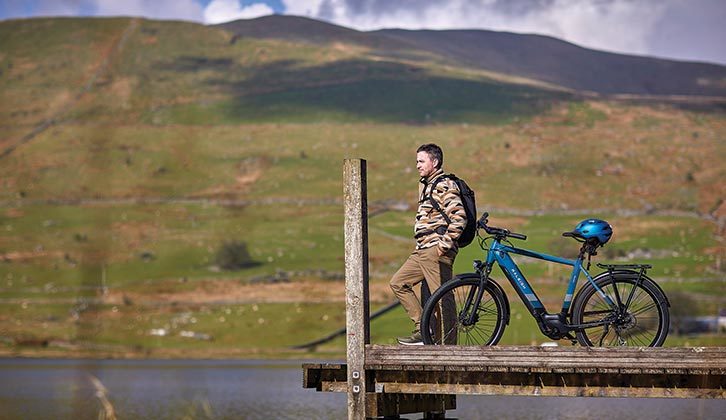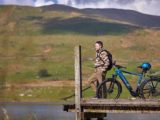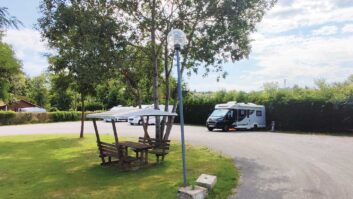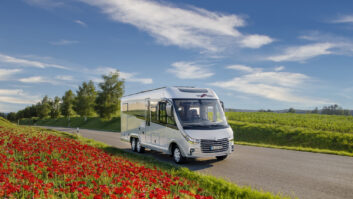You’ll be able to enjoy your rides all the more if you stay safe on the road and on site – here are a few essential tips!
Bike locks
A good bike lock is essential – you should buy the best one you can afford. Check out a lock’s Sold Secure rating, if one is available – Gold is likely to be the most secure, with Silver second and Bronze coming in third.
Chain locks are common. As the name suggests, they feature a sturdy chain, usually covered by a sleeve to protect your bike from damage. They can be fairly heavy, but offer a good level of protection, and are flexible when wrapping around a solid post.
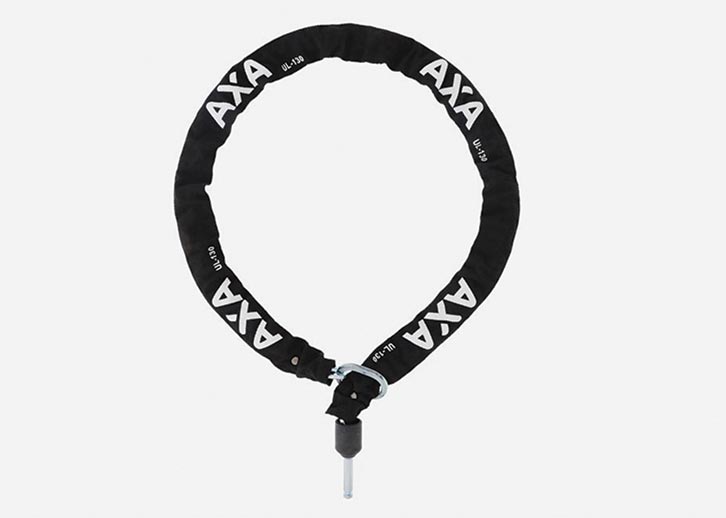
D locks are less practical, in that they can be trickier to fit around both your bike and a solid post, but they are considered to be the most durable type of lock. They can be used with cable locks to help secure your wheels.
Cable locks are ideal if you’re planning to pop to the shops and want to quickly secure your bike. They feature a metal cable protected by plastic.
Cycle helmet
We’d always recommend wearing a good cycle helmet whenever you get on your bike. There are various styles available, including different versions for road cyclists and mountain bike riders; if you’re a casual cyclist, then a leisure version would be ideal. It offers a good balance between comfort, weight and ventilation, yet still gives you an excellent level of protection.
You might see the term MIPS (Multi-Directional Impact Protection System) mentioned when you are shopping for a cycle helmet. These feature a special layer of protection inside the helmet; they tend to be a little more expensive – but what price your safety?
Lights
You might think you don’t need lights, because you’re only planning to ride your bike during the day, but it actually makes good sense to use lights at all times – they can only help you to be better seen.
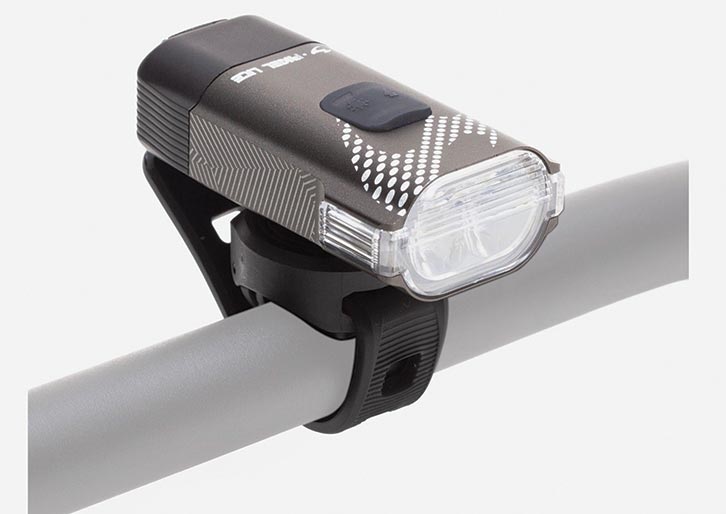
The output of cycle lights in measured in lumens, and your rear light is likely to be less powerful than the one up front. If you’re planning to ride on well-lit urban roads, you should look for around 200 lumens from your front light, and at least 100 from the rear light. For unlit roads, look for lights that provide at least 500 lumens (front) and 100 lumens (rear).
Web raleigh.co.uk/gb/en/bike-accessories/bike-lights
Prepare your bike and learn maintenance
It’s a great idea to learn some basic maintenance before you take to the road – you don’t need to become an expert, but a few checks will help to make sure your bike won’t let you down. There are some great websites out there to help you do so, but this is one of our favourites.
Web cyclingweekly.com/cycling-weekly/11-things-need-maintain-bike-134168
Cycle training
If you’re not confident out on the road, it makes a lot of sense to take some rider training – this will help you learn how to cycle safely, and give you more confidence on your bike. Road safety charity Brake has an excellent list of providers on its website.
Cycle markings
It’s a great idea to list your bike with Bike Register, the national cycle database. It’s free of charge and once you have done that, you can order special kits to mark your bike with a unique security number, to help you and the authorities track it down in the event of it being stolen.
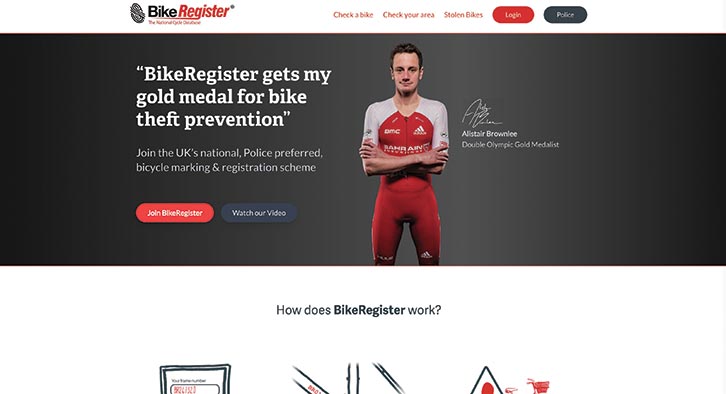
Top tips for road safety
The Government’s Think! road safety website offers plenty of helpful hints for cyclists, to help you stay safe on the road. Here are its top tips:
• Ride decisively and keep clear of the kerb
• Look and signal to show drivers what you plan to do, making eye contact where possible
• Avoid riding up the inside of vehicles because you might not be seen. If a vehicle is indicating to the left, hang back at the junction to reduce the risk of a collision
• Always use lights after dark or when visibility is poor. Wear high-visibility and reflective clothing and accessories at all times when riding your bike
• Wear a correctly fitted cycle helmet that is securely fastened and conforms to regulations
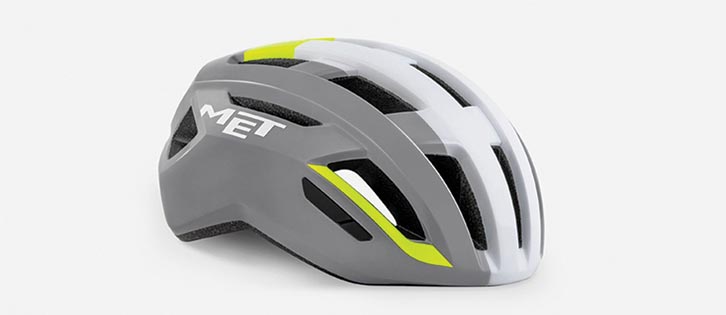
• Plan your journey with help from your local council, which can provide maps showing dedicated paths and routes
• Try to maintain a safe distance when you cycle, for example waiting at crossings and traffic lights
• Wash your hands for at least 20 seconds or use sanitising gel before and after cycling if you are using shared bikes (private, docked or dockless)
You can find more information about staying safe on the road at think.gov.uk/cycle-safety
You can read the full version of our Summer Cycling ebook for more great hints and tips.
